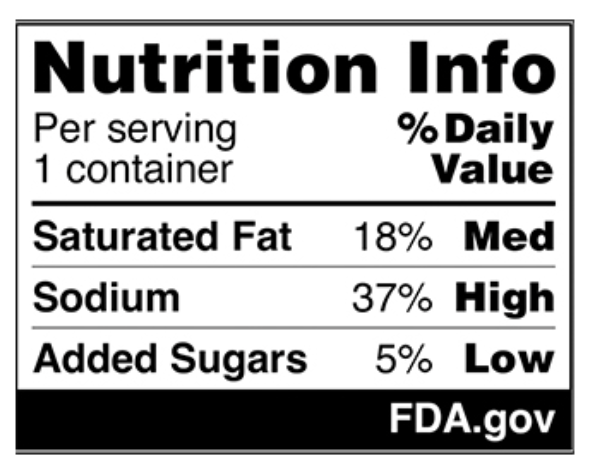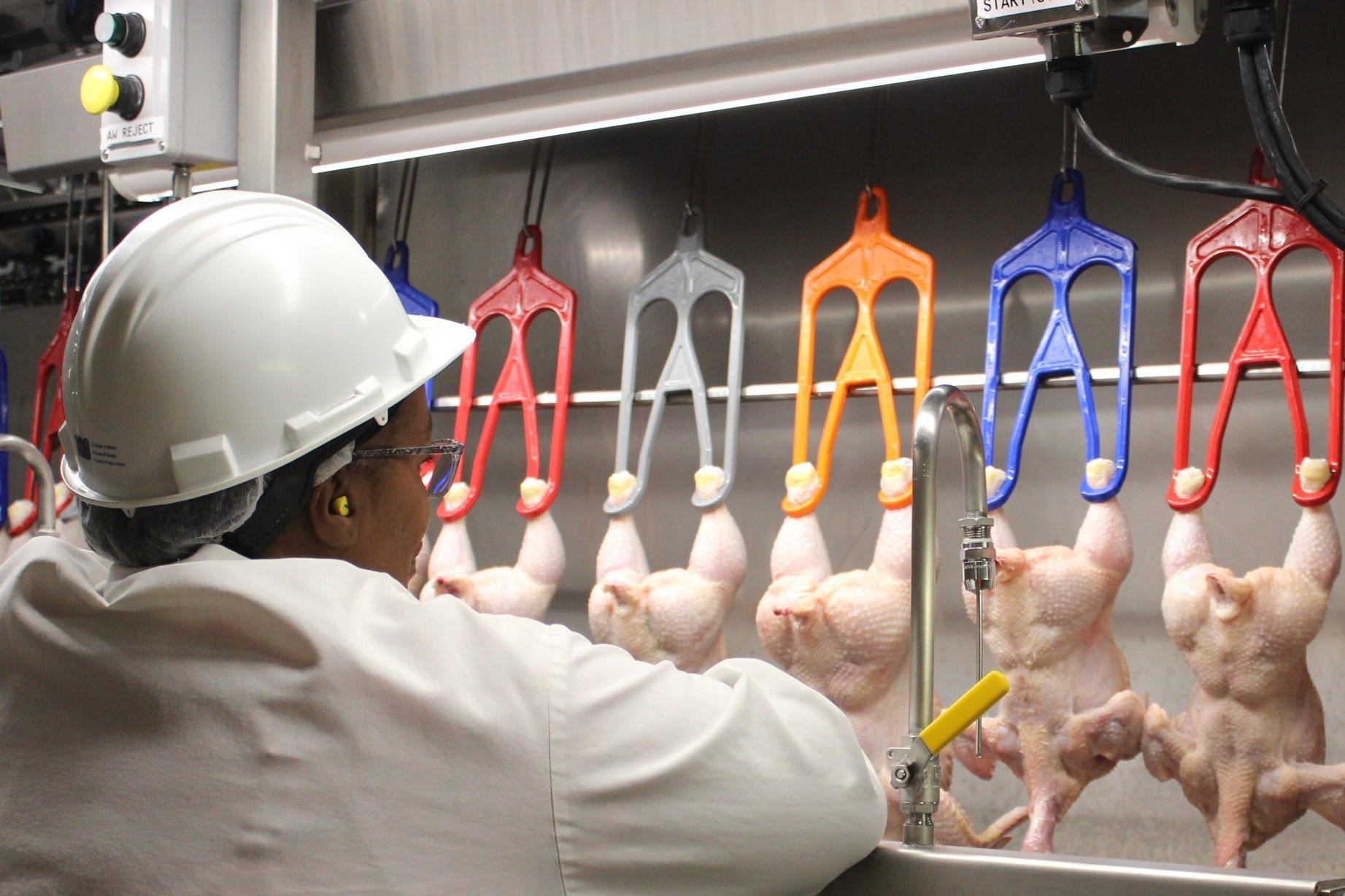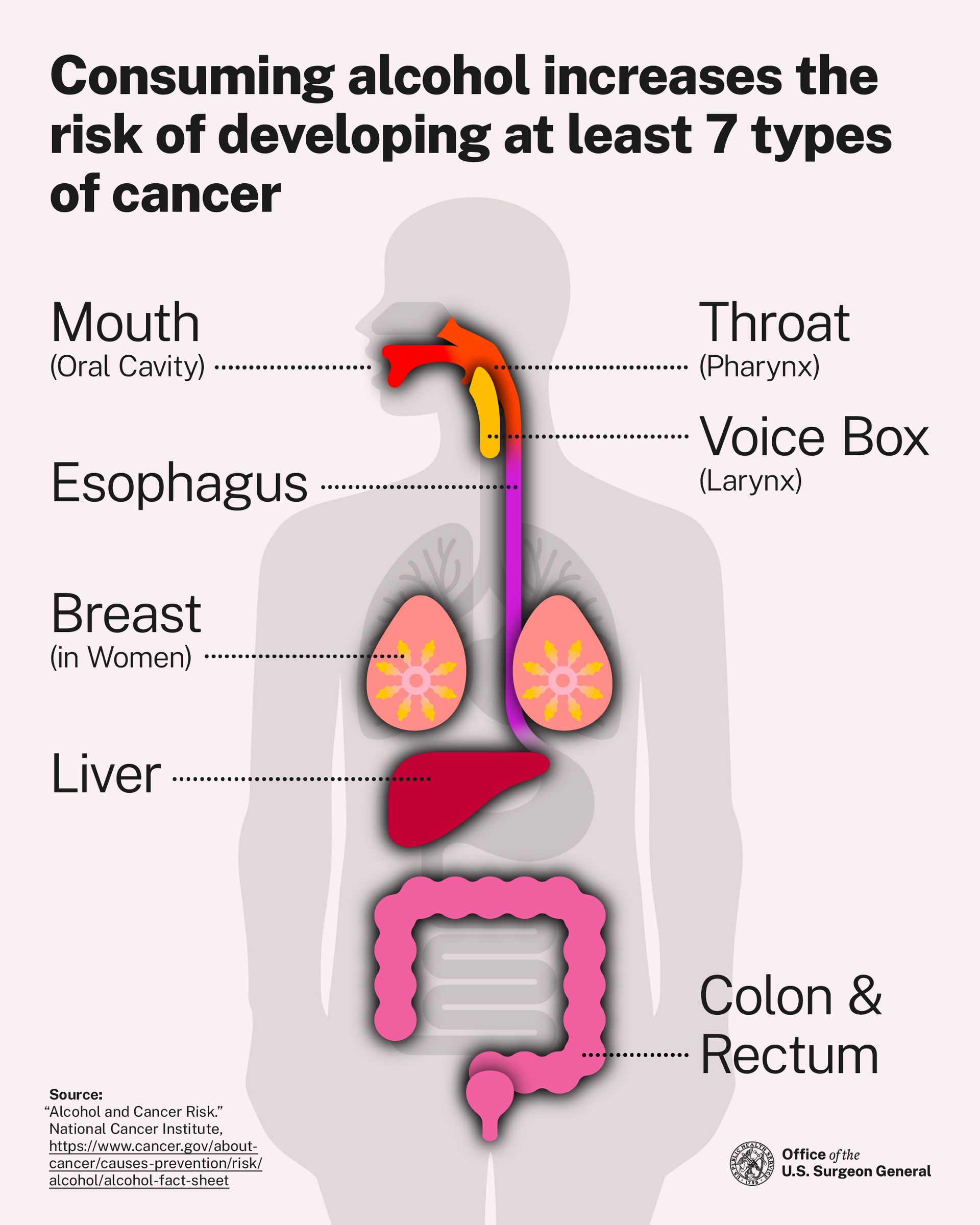WARNING: THE GENDER BIAS IN CAR SAFETY TESTING PRESENTS AN ONGOING DANGER
Car accidents are a leading cause of injury and death worldwide, yet the safety measures designed to protect occupants in these life-or-death situations have long ignored a critical reality: women are more likely to be severely injured or killed in crashes than men. This disparity isn't rooted in biology alone—it’s also a result of a troubling oversight in the automotive industry’s safety testing protocols. For decades, crash-test dummies, which serve as proxies for human passengers in simulated collisions, have been modeled after the average male physique, leaving women out of the equation entirely.
The Alarming Data Gap
The implications of this gender gap in safety testing are both staggering and infuriating. Women, on average, have different body compositions than men—they tend to be shorter, lighter, and have different muscle distributions and bone densities. These physiological differences mean that women’s bodies interact with car safety features—such as seat belts, airbags, and headrests—in distinct ways. When vehicles aren’t tested with dummies that accurately represent female anatomy, crucial data about how to better protect women in crashes is simply ignored.
Studies have revealed the dire consequences of this exclusion. Research from the University of Virginia found that women are 47% more likely to sustain serious injuries in car accidents compared to men, even when accounting for variables like seatbelt usage and crash severity. Women are also significantly more likely to suffer whiplash injuries due to the positioning of headrests, which are often designed with men’s neck dimensions in mind. These statistics aren’t just numbers—they represent lives cut short, families broken, and untold suffering that could have been mitigated with equitable safety testing.
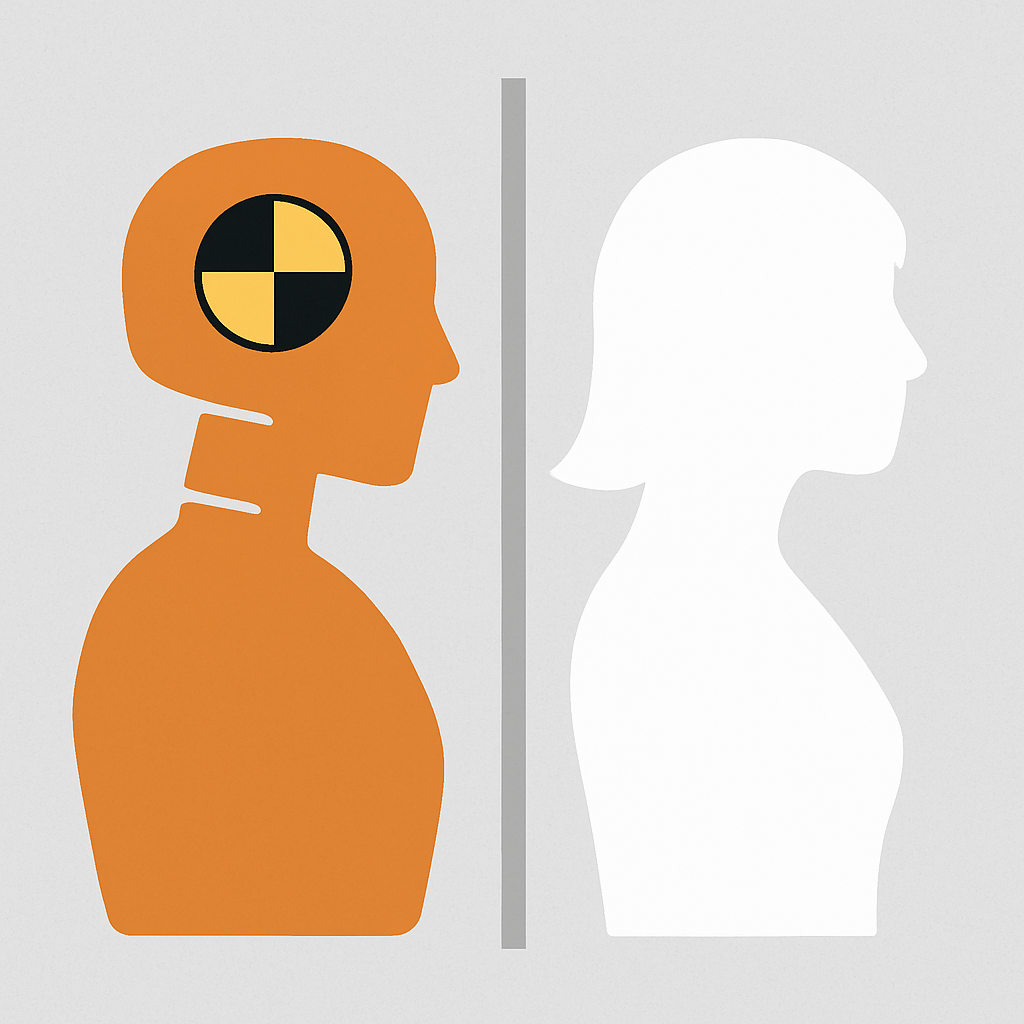
One size does not fit all. Women's safety deserves real representation.
The Consequences Are Real and Deadly
The absence of female-representative crash-test dummies isn’t just a matter of neglect; it’s also a reflection of deeper systemic biases. The automotive industry, like many other sectors, has historically been dominated by men, from engineering teams to executive leadership. This lack of diversity has led to a blind spot where products are designed and tested for a default male consumer. When women are treated as an afterthought—or worse, not considered at all—their safety is compromised, reinforcing a cycle of inequality that permeates far beyond the car itself.
Efforts to address this issue have been slow and inadequate. Some manufacturers have introduced “female” crash-test dummies, but these dummies are often scaled-down versions of male models, lacking the anatomical differences that would make them truly representative. Moreover, these dummies are rarely used in front-seat crash tests—the most common type of collision—further diminishing their impact on safety improvements. Regulatory bodies, like the National Highway Traffic Safety Administration (NHTSA), have also been slow to mandate inclusive testing standards, leaving manufacturers with little incentive to prioritize women’s safety.
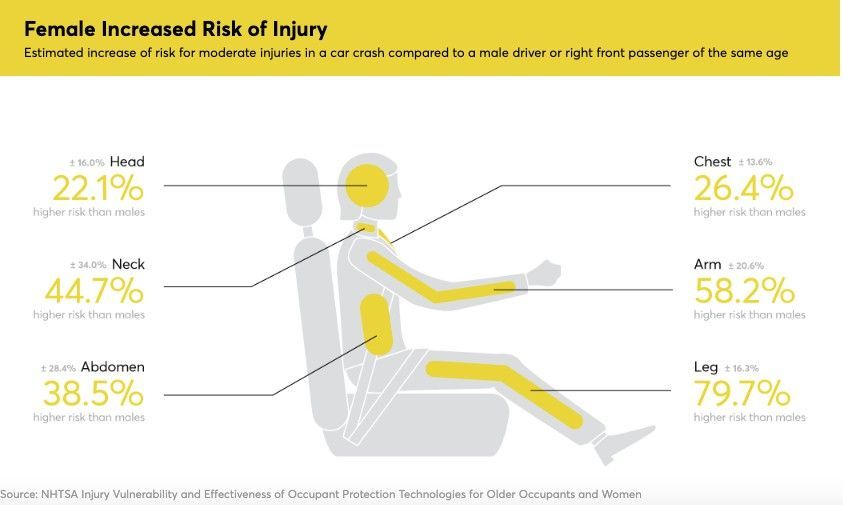
Women face a significantly higher risk of injury in car accidents compared to men — and it’s not just one area. Source: Destination TBC
Systematic Biases in Car Safety Testing
This lack of progress is unacceptable, especially considering the advancements in technology that could make inclusive testing a reality. Today, engineers have access to sophisticated simulation tools that can model crash scenarios with virtual dummies of various sizes, genders, and ages. These tools could provide invaluable insights into how to design cars that protect everyone—not just the male average. But without industry-wide commitment and regulatory enforcement, these innovations remain underutilized.
The consequences of this negligence extend beyond the immediate physical dangers. When women’s safety is disregarded, it sends a chilling message about their worth in society. It implies that their lives are less valuable, their experiences less important, and their voices less deserving of attention. This message reinforces broader patterns of gender inequality and undermines efforts to create a more equitable world.
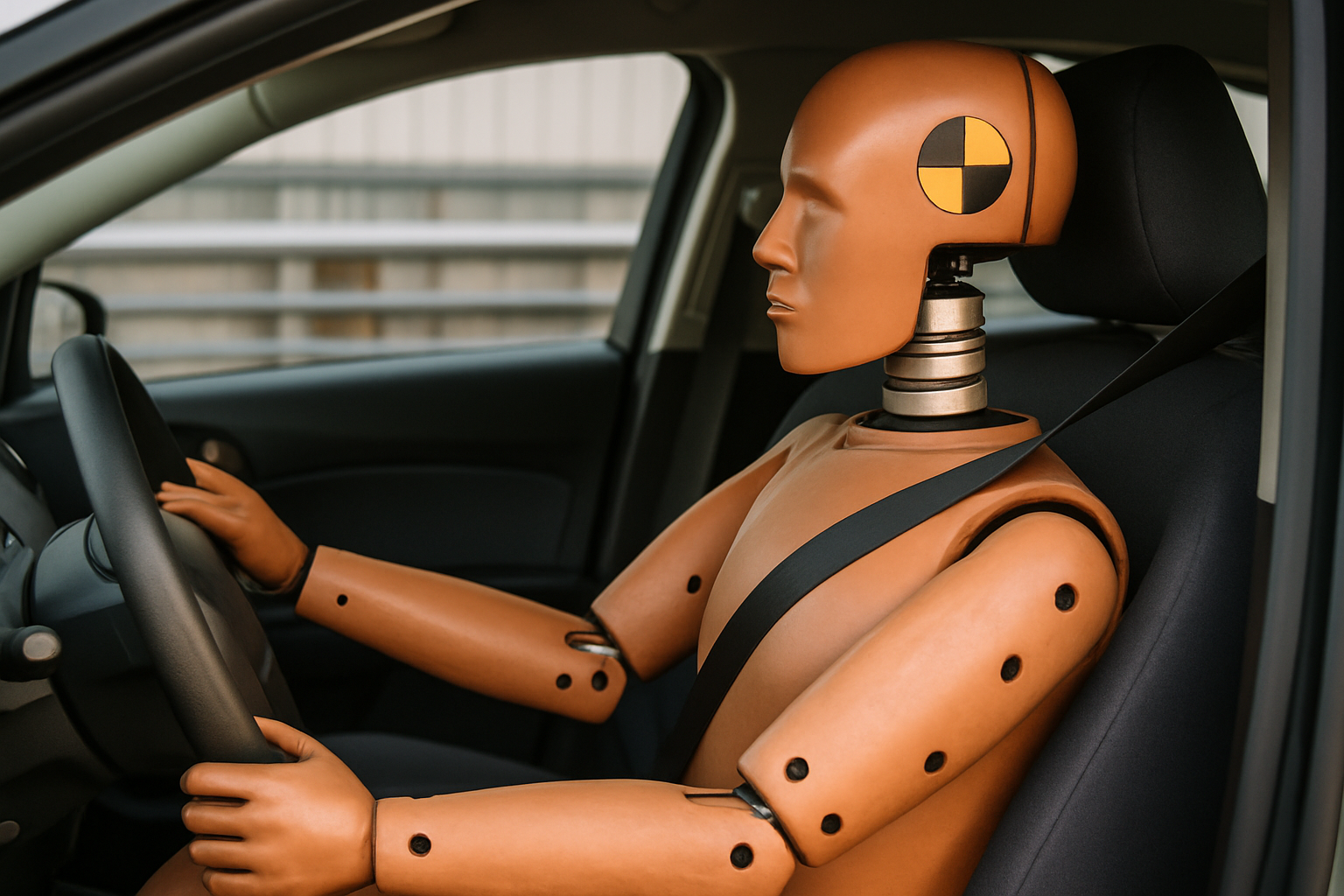
For decades, crash-test dummies have looked like this — modeled after the average male body.
Slow Progress, Inadequate Solutions
So, what can be done to correct this glaring injustice? First, regulatory bodies must step up. The NHTSA and similar organizations worldwide should mandate the use of female-representative crash-test dummies in all safety evaluations and require data transparency from manufacturers. These measures would hold companies accountable and ensure that vehicles are designed with the safety of all passengers in mind.
Second, the automotive industry must embrace diversity at every level. By hiring more women in leadership, engineering, and design roles, companies can foster perspectives that challenge the status quo and prioritize inclusivity. Diversity isn’t just a moral imperative—it’s also a practical one, leading to better, more innovative products that serve a wider range of consumers.

It’s time to design protection for every body on the road.
Technology Exists to Solve This - But It's Being Ignored
Finally, consumers have the power to demand change. By supporting manufacturers that prioritize gender equity in safety testing and raising awareness about the issue, individuals can push the industry toward reform. Public outcry has sparked change in other sectors, and the automotive industry is no exception.
The Deeper Message: Women's Lives Are Devalued
The dangers of cars not being tested for women’s safety are real, pervasive, and deeply unjust. But they are also solvable. By acknowledging the problem, demanding accountability, and committing to equity, we can ensure that the vehicles we rely on every day are designed to protect us all—regardless of gender. It’s time for the automotive industry to hit the brakes on outdated practices and accelerate toward a future that values every life equally.






